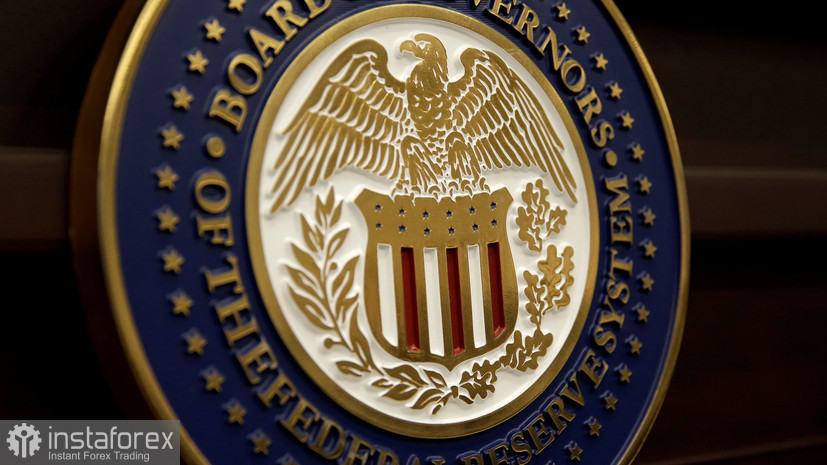Despite all efforts by euro bulls, the currency was undermined by speculation regarding a possible recession in the US in 2023. Regardless of whether the US economy experiences a soft or hard landing, investors are once again expecting a downturn by the end of the year. The overheated US labor market is preventing the Federal Reserve from easing its monetary policy.

While policymakers were happy to see US inflation falling faster than expected, the record high job growth in December has forced them to change their tune. This week, all FOMC members, including Fed chairman Jerome Powell, were unanimous that interest rate should be raised even higher.
Thomas Barkin, the president of the Fed Reserve Bank of Richmond, stated that the US central bank must continue with rate hikes to push inflation back to its target level of 2%. "With demand slowing but still resilient, labor markets healthy and the added and unfortunately enduring shock of the war in Ukraine, it shouldn't be a surprise that inflation — while likely past its peak — is still elevated," Barkin said in an interview.
As noted above, Fed chairman Jerome Powell also backed further interest rate hikes this week. Investors have revised their outlooks on the Fed funds rate upwards, but are mixed on its peak level.
According to Barkin, the Federal Reserve cannot take the three consecutive lower inflation prints for granted and expect that the trend would continue. "Until we're confident that the things people care about are under control, I think we've still got a ways to go," he added.
Another Fed policymaker, New York Fed president John Williams, said that the Federal Reserve's December outlooks on monetary policy remained a good guide for where interest rates were headed in 2023. He also noted that the current restrictive policy should possibly be maintained for several years to bring inflation down.
These statements halted yesterday's upward moment of the euro and the pound sterling against the US dollar. It was followed by a sell-off of risky assets in the second half of the day.
On the technical side, EUR/USD remains under high pressure. The pair needs to stay above 1.0700 to end the bear market and climb to 1.0750. From there, it might reach 1,0790 and test 1.0830. If EUR/USD declines and break below the support at 1.0700, it might slide down to 1.0670, opening the way towards the low at 1.0650.
GBP/USD bulls have lost all advantage they had after the sharp upward climb ended. Bullish traders will only re-enter the market if the pair breaks above the resistance level of 1.2230. From there it might surge towards 1.2240. If bears push the pair below 1.2060, which is not an easy task, GBP/USD will drop back to 1.2010.





















